Cytokine modulation for slowing down fibrosis when multiple disease pathways intervene, unique combination of phytochemicals effectively manages NAFLD and prevents further liver damage. It also rejuvenates healthy liver cells for a better clinical outcome.
Indications (Benefits): Liver fibrosis medicine
Dosage: One tablet in morning before meal and one tablet before bed time or as directed by healthcare professionals.
Product Attributes: 500mg tablets
Pack size: 60 tablets/bottle
Ingredients: Andrographis paniculata, Phyllanthus niruri, Terminalia arjuna, Centella asiatica, Salvia miltiorrhiza, Ginkgo bibola, Silybum marianum, Ficus religiosa, Acanthus ilicifolius, Boswellia serrata, Punica grantum, Curcuma longa, Glycyrrhia glabra, Picrorhiza kurora, Lithospermum erythrorhizori.
Safety: Safe to use for children and adults. No side effects and allergies.
Weight gain, often caused by an unhealthy lifestyle with a high-calorie diet and decreased physical activity, is one of the most important factors in the development of Nonalcoholic fatty liver disease (NAFLD). It is a condition in which fat builds up in the liver. Nonalcoholic fatty liver (NAFL) and nonalcoholic steatohepatitis (NASH) are the types of NAFLD. The liver plays a critical role in maintaining the metabolic balance that comes under pressure with a high caloric intake and low energy expenditure. Lipid overload, as seen in NAFLD, is a major contributor to the development of lipotoxicity. Lipotoxicity accelerates the development of progressive inflammation, oxidative stress, and fibrosis. The excess energy consumed is usually stored in the form of fat in both subcutaneous and visceral depots. Of all liver ailments, fibrosis has emerged as a major health concern. It is the consequence of a sustained healing response to a chronic liver injury from a variety of causes including viral, autoimmune, drug induced, cholestatic and metabolic diseases. Liver fibrosis is characterized by an immoderate production and deposition of extracellular matrix (ECM).
Liver fibrosis is a dynamic pathological condition which can be slowed down in its initial phases. Without proper clinical management of fibrosis, progressive liver damage may lead to cirrhosis and ultimately, liver failure. There is a considerable impact on the quality of life.NASH is characterized with inflammation and liver damage, along with fat in the liver. Progressive liver fibrosis in NAFLD can lead to cirrhosis and liver-related morbidities. In order to cure fibrotic damage to liver, its early stages should be the centre of attention. There is no approved therapy for NASH and the optimal treatment remains uncertain; effective therapies are thus a research priority to reduce the anticipated burden of liver disease. Halting the progression of fibrosis and the regression of existing fibrosis is, hence, an essential goal of treatment. Unique phytochemicals can lead to the prevention of liver fibrosis and delay or even halt the development of cirrhosis. With better understanding of the complex pathology of NAFLD-related fibrogenesis, we identified disease targets and designed a formulation with selected phytochemicals. The powerful ingredients in FIBRONIL consist of Flavonoids (Quercetin, baicalein and baicalin) and two non-flavonoids (salvianolic acid B and emodin) demonstrated anti-fibrotic activities in both total collagen accumulation and nodule formation.
The anti-fibrotic compounds found in selected herbs suppressed collagen I expression at both mRNA and protein levels and also variably suppressed α-smooth muscle actin expression. Silymarin assists in combating hepatic fibrosis by restoring the level of a -SMA. Epigallocatechin-3-gallate (EGCG). It is the most abundant and active polyphenol in green tea and is a powerful antioxidant that has attracted considerable attention because of its role in preventing oxidative stress-related diseases. Curcumin is a polyphenol and the main active compound found in the plant Curcuma longa. Curcumin modulates the transcription of target genes including those of ECM components, procollagen-I and –III. Anti-fibrotic activity in the formulation inhibits fibrosis by blocking transforming growth factor β1 (TGF-β1)-mediated fibrogenesis. Curcumin also inhibits hepatic TGF- β 1 expression in the liver tissues and thus, it prevents the deposition of ECM in fibrosis. Salvianolic acid (SA) is a phenolic compound extracted from Salvia miltiorrhiza, which suppresses the expression of TGF- β 1 and a-SMA in liver fibrosis and inhibits inflammation and fibrogenesis. TNF-a and IL-1 β are recognized as pro-inflammatory cytokines in various liver diseases, and SA reduces their expression, thus preventing inflammation and declining liver fibrosis.
Hepatic stellate cells HSCs are silent in normal liver tissues but are activated by hepatic injury, and change into myofibroblast-like cells during the fibrotic process. Activated HSCs secrete transforming growth factor (TGF)-β1, which induces collagen production that leads ECM accumulation, and they also up-regulate tissue inhibitors of metalloproteinases (TIMPs). Inhibition of matrix metalloproteinases (MMPs) results in reduced ECM degradation. HSC activation and proliferation are followed by replacement of hepatocytes by ECM, scar formation, and fibrosis. Controlling the activation of HSCs that occurs during hepatic fibrosis may have a therapeutic benefit. The inhibitory effect of Quercetin in fibrotic liver may be closely related to a decrease in TGF-β generation. Quercetin is a key component of FIBRONIL which inhibits TGFb by reducing differentiation of HSCs during hepatic injury and preventing differentiation of HSCs from myofibroblast like cells and inhibiting the fibrotic process.PI3K/Akt pathway could stimulate HSC proliferation, inhibit HSC apoptosis, and modulate the development and progression of liver fibrosis via its effect on ECM degradation. The PI3K/Akt pathway is known to be involved in the progression of liver fibrosis, and expression of PI3K and p-Akt, the active form of Akt in hepatocytes, was detected in liver tissues and its expression inhibited the fibrosis and was up-regulated by quercetin. Shikonin is a potential therapeutic drug candidate for NAFLD treatment. Shikonin ameliorates hepatic lipid dysregulation and fibrosis through PPARγ and MMP-9/TIMP-1 axis. Shikonin effectively ameliorates HFD-induced lipid accumulation, liver injury and fibrosis through PPARγ and MMP-9-TIMP-1 axis.
Applied For
Liver fibrosis, NASH, NAFLD
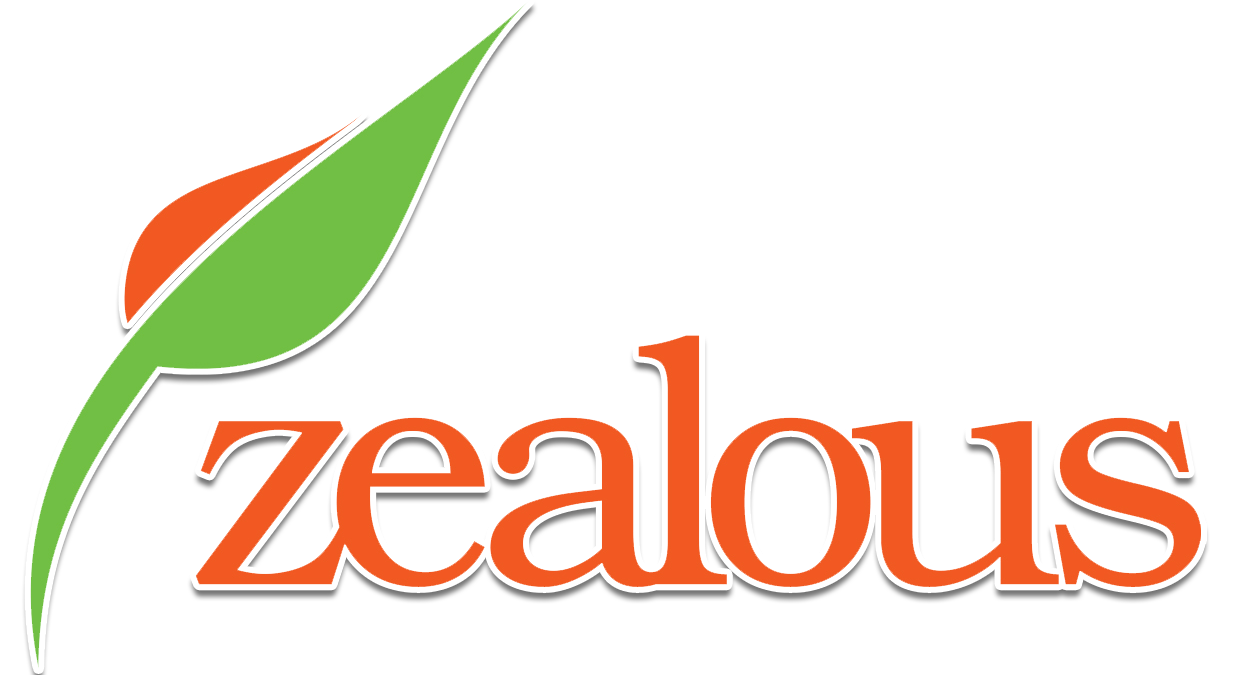


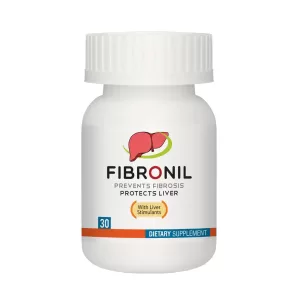

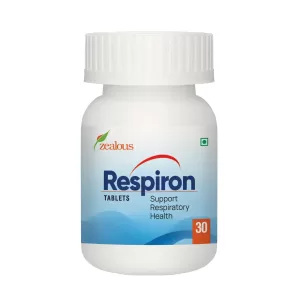
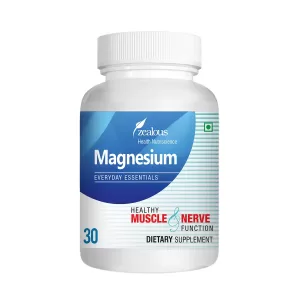
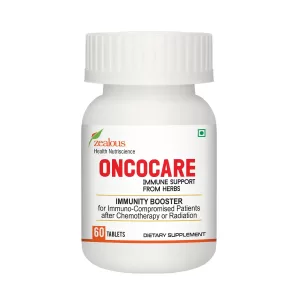
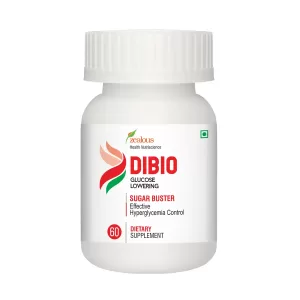

Reviews
There are no reviews yet.